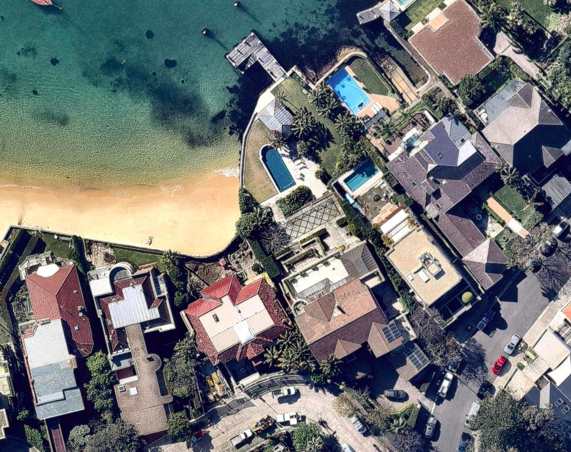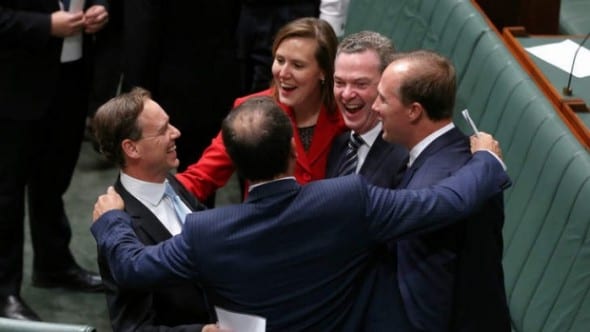28th February 2017
New South Wales residents were spared rolling outages in the weekend’s heatwave, but if the lights had gone out in Pt Piper, Malcolm Turnbull just might have been able to stay cool: that’s because the PM’s harbourside property now has battery storage.
RenewEconomy on Monday confirmed with the PM’s office that a battery storage device was installed in Turnbull’s private property late last year. It is believed to be 14kWh of LG Chem lithium-ion battery, to complement his rooftop solar array previously installed and recently upgraded to 14kW.
That battery storage – depending on its configuration, and the choice of inverter – might be able to provide back-up to keep the lights and many other appliances on in the event of any blackouts in coal-dependent NSW.
It could also help the multi-millionarie save a few dollars a day by storing the output of his solar array for use in the evening, particularly after the loss of any premium solar tariffs he may have had.
In the case of forced rolling blackouts, a waterside suburb like Point Piper would be a sensible choice for the “load shedding”, given that the temperatures are likely to be significantly below inland suburbs.
The installation of battery storage into his home highlights the incredibly conflicting signals from Turnbull, a man who once spoke glowingly about 100 per cent renewable energy goals.
Turnbull has shown huge interest in cutting edge technology – such as his fascination with the Tesla Model S electric vehicle and battery storage, the energy revolution and grid optimisation.
This is what he wrote after that visit nearly two years to the day, where he said he was “thrilled” by his test drive, particularly the massive acceleration, when he visited the Tesla factory in California.
“Batteries have the potential to revolutionise the energy market, reducing peaking power requirements, optimising grid utilisation of renewables and in some cases enabling consumers to go off the grid altogether.
“The excitement of technology in the Bay Area is exhilarating…..but not quite as palpable as the jolt you feel when you hit the accelerator!”
No such talk now of an energy revolution. Turnbull’s energy policies are best symbolised by the lump of coal brought into Question Time by Treasurer Scott Morrison last Thursday.
Indeed, it may be the defining moment of this parliamentary term for the Coalition, just as the celebrations of the canning of the carbon price marked the Abbott regime. (See pic below).
But given Turnbull’s interest in new technology and innovation, wouldn’t have been wonderful if, for instance, the Coalition had brought in a piece of software – an energy management device – to prove that policy makers did have the tools to manage a modern grid.
It is smart software, and a new approach to managing the grid, that is going to help avoid the blackouts. It will allow for better forecasts, better demand response (where energy users volunteer to cut their use – and get paid for it, rather than having cuts imposed) and to get maximum value out of battery storage – providing system reliability, peak demand, and deferring network investment.
Of course, that would require a change of rules, and a recognition that the grid is shifting rapidly from one based around baseload power, to once where renewables provide “base-cost” and back-up power, storage, and smart software fill in the gaps.
Millions of Australians understand that this is the future – and like Turnbull – are looking to install battery storage. Perhaps the biggest question is whether Turnbull will grow as frustrated as other citizens over the lack of political direction and rising costs of grid power and join Greens leader Richard di Natale – and thousands of others – in going off-grid!
(RenewEconomy is seeking more details about the nature of Turnbull’s battery storage. Will update when we know).
Update: the PM’ office informs us he has 14kW rooftop solar PV and 14kWh of battery storage. We have updated story to reflect that. A bit more and the PM could go off-grid!




